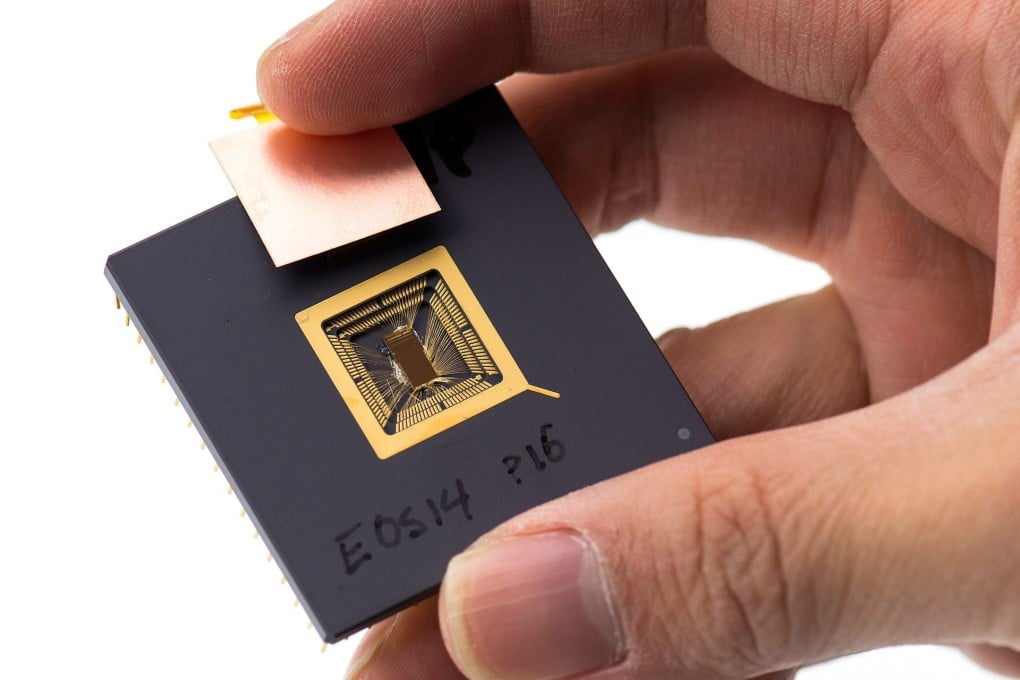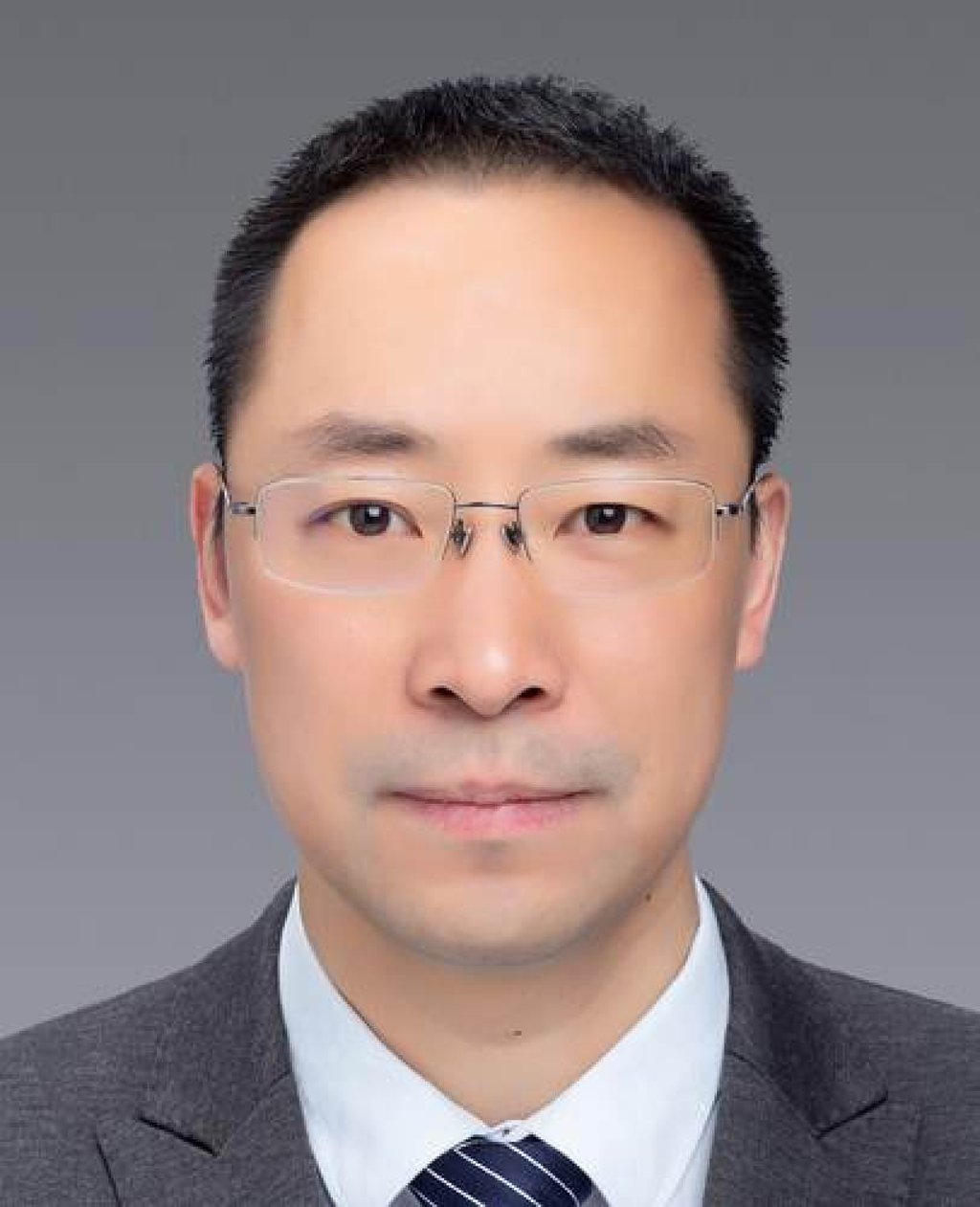US-China tech war: top Chinese scientist envisions forked RISC-V chip design standard to cushion decoupling impact
- Computing expert Bao Yungang said China could handle sanctions better than Russia by developing a ‘RISC-X’ chip architecture for use by Belt and Road countries
- The idea of forking the free semiconductor architecture comes amid concerns in China that even open source code could come with sanctions risks

Bao said China could fare much better than Russia under extreme scenarios involving sanctions and war because of its capabilities in central processing unit (CPU) research, sizeable talent base and large market.
“In extreme cases, RISC-V related standard specifications can be bifurcated into RISC-X, and China is fully capable of advancing the evolution of the RISC-X standard independently and building an ecosystem together with Belt and Road countries,” Bao said.

“China’s RISC-X products may not be able to enter the United States and other Western countries – just like Huawei products today, but this doesn’t affect the sales and application of these products in Belt and Road countries,” he added. “RISC-X can still be maintained as open source so that developing countries, with 6.6 billion people, can develop an [independent] ecosystem.”
Bao did not respond to requests for comment.